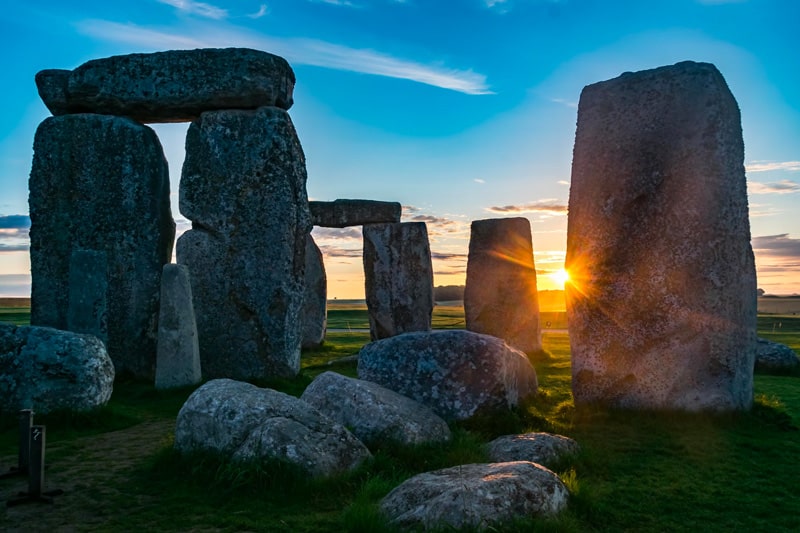Geophysical sensors, excavations and computers reveal millennia of prehistoric Stonehenge land use
This is only one of many new sites and unexpected patterns of prehistoric activity detected at Stonehenge by the Ghent-Birmingham research team
Published 10 May 2022

Researchers from the University of Birmingham and Ghent University (Belgium) have discovered hundreds of possible large prehistoric pits – and thousands of smaller ones – at the heart of the Stonehenge landscape, challenging our understanding of land use through time at the most intensively investigated prehistoric site in the world.
A large pit, over 4 metres wide and 2 metres deep dug into chalk bedrock, stands out as the most ancient trace of land use yet discovered at Stonehenge.
Over 10,000 years old, it bears witness to hunter-gatherers roaming the landscape during the early Mesolithic, when Britain was re-inhabited after last Ice Age. This is only one of many new sites and unexpected patterns of prehistoric activity detected at Stonehenge by the Ghent-Birmingham research team.
These results were achieved by combining – uniquely – the first extensive electromagnetic induction survey undertaken in the Stonehenge landscape with evidence from over 60 geoarchaeological boreholes, 20 targeted archaeological excavations, and computer-generated analyses of thousands of subsurface features, such as pits, revealed by the geophysical data.
More:
https://www.birmingham.ac.uk/news/2022/geophysical-sensors-excavations-and-computers-reveal-millennia-of-prehistoric-stonehenge-land-use
